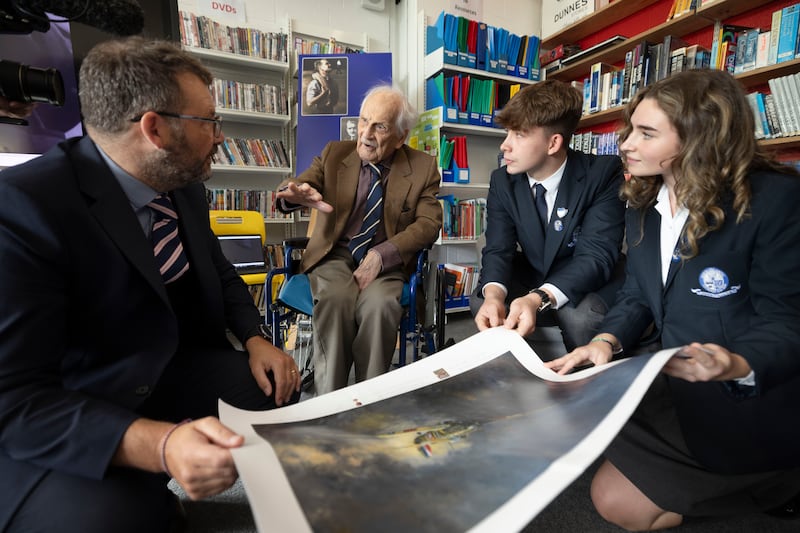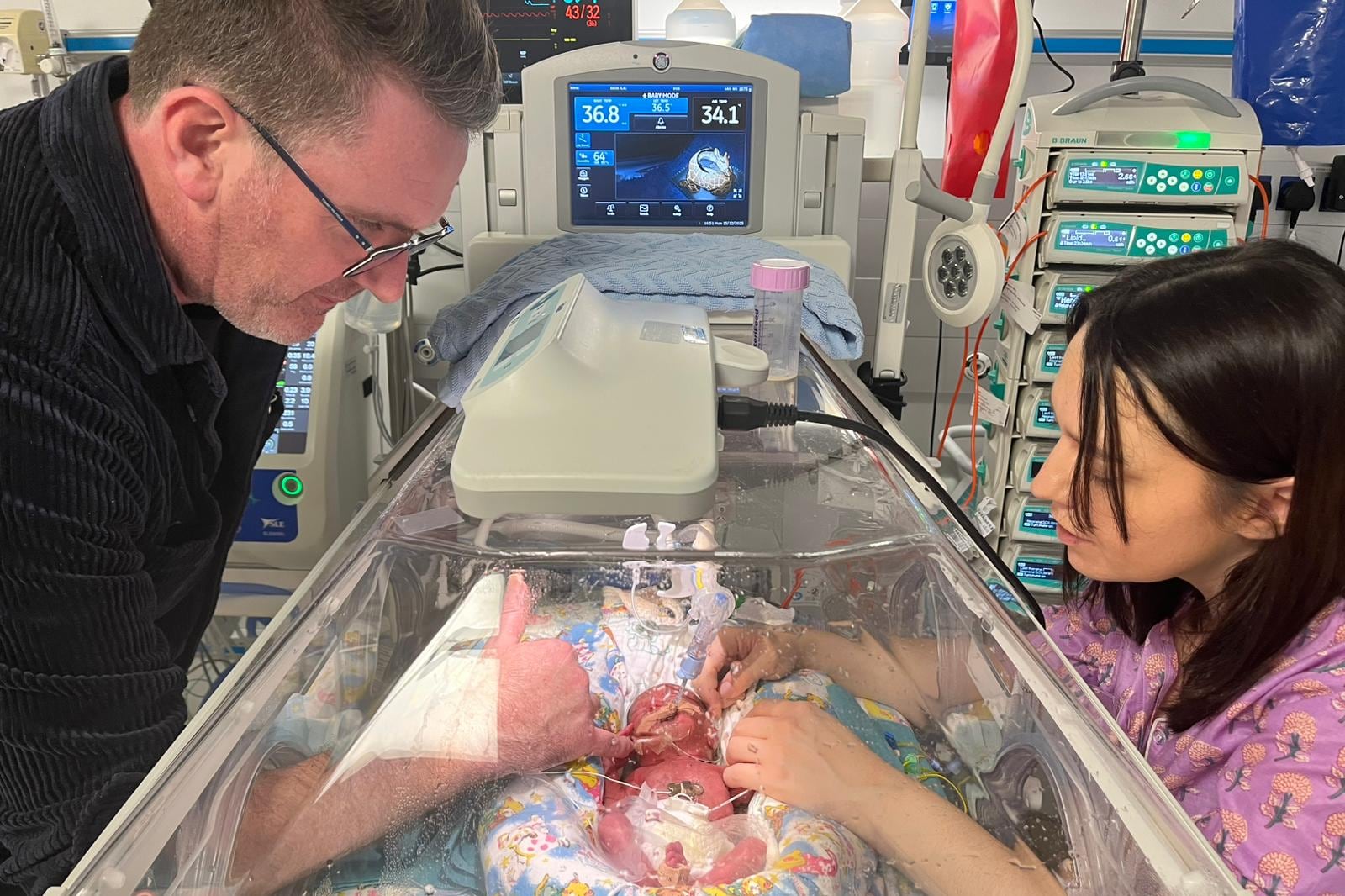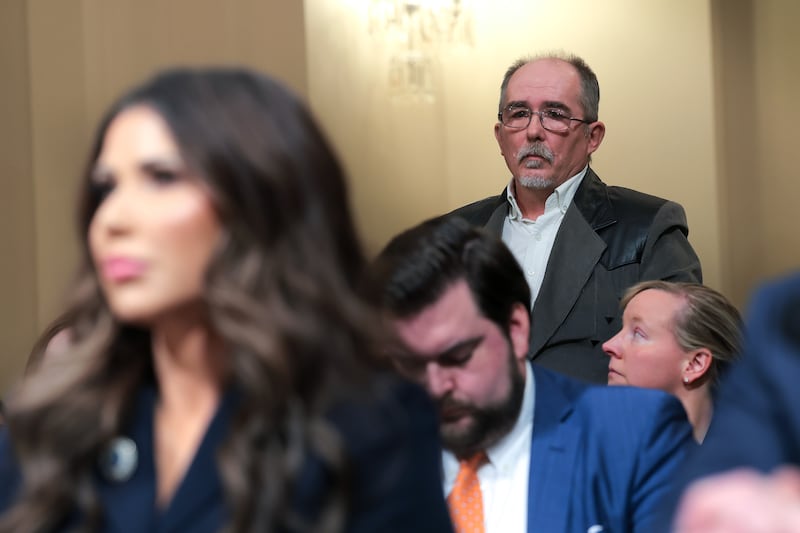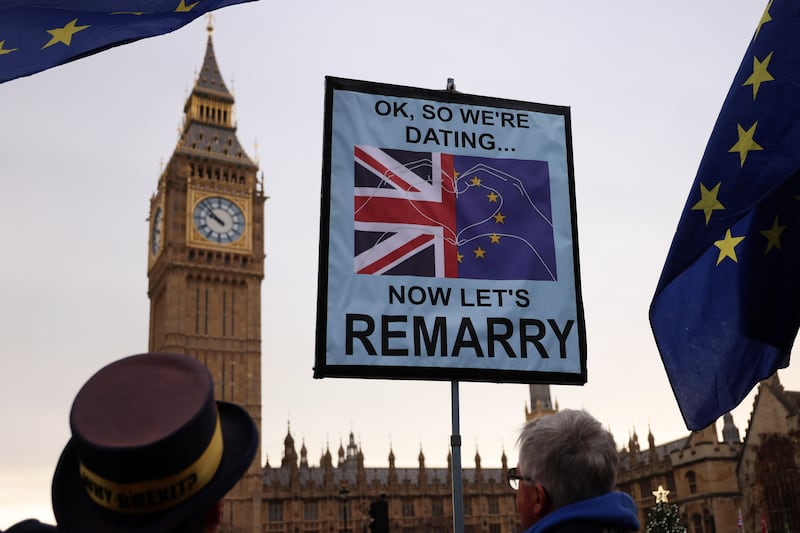The British prime minister Winston Churchill famously referred to them as “the Few” – the 3,000 or so RAF fighter pilots who kept Germany Luftwaffe at bay in August and September 1940 and prevented a Nazi invasion of Britain.
The last of the Few who is still alive is retired group captain John Hemingway, who is 104. Churchill was a bitter critic of Irish neutrality in the second World War, but tens of thousands of Irishmen chose not to be and Hemingway was among them.
On Wednesday, he returned to St Andrew’s College in Booterstown, Dublin, the alma mater he left 86 years ago.
He was met at the entrance by the head girl, Amelia Flanagan, and the head boy, Hugh Brownlee.
READ MORE
“Are there girls here now?” Mr Hemingway inquired. St Andrew’s College has been a co-ed school for the last 50 years.
When he left in 1937, the school had 120 male pupils and was based in St Stephen’s Green. There are now 1,250 pupils. The school had a strong association with the British armed forces and that endured after Irish independence. Thirty-six students from the school were killed during the second World War and feature on a roll of honour in the entrance hall.
Mr Hemingway was 17 when he left, 18 when he joined the RAF and 19 when he participated in the Battle of France. He had barely turned 20 when the Battle of Britain happened. In August 1940, he was shot down twice within the space of eight days.
He now lives in a nursing home in Foxrock. He presented the school with a painting of the Hurricane P3966 he crash-landed during the war when he bailed out over Pitsea Marshes in Essex. The plane has been recovered from the marshes and is being reconstructed.
The survival rate of Battle of Britain pilots was four weeks. When asked how he survived so long, he told students it was down to “Irish luck”. He did not feel that his service during the war was distinguished as he was just doing his job.
“I am only the last of the Few because I haven’t died,” he said, showing his wry wit.
He was introduced to an audience of sixth-year history students. Their teacher, Dr Nicola Carter, described Mr Hemingway as “living history”.
“This was not just a story that was told to him. This was his life,” she said.

It was important, she added, not to think of history backwards. Though we now know that Nazi Germany would eventually be defeated, it was not apparent to the likes of Mr Hemingway and his colleagues in 1940, when they were involved in a life-and-death struggle.
Mr Hemingway’s son, Brian, answered many questions from a rapt audience. Had his father been scared? Did he suffer from PTSD? How important was his squadron to him?
His father had been lucky to survive the war, but it was a luck borne out of professionalism and experience, Brian explained. The longer his father survived, the luckier he got.
He told the pupils that they were the same age as his father when he risked his life during the Battle of Britain. “If you could move your thought processes away from some fighter pilot who is a Top Gun and remember he was basically your age. His longevity is a surprise to him too.”
Wars are always fought by young people, he said, and “started by older people”, added Dr Carter.
Acting school principal Rob Micallef reminded the students of Mr Hemingway’s great longevity. If they live as long as he does and return to the school, it will be the year 2109.
“It’s an incredible timespan. There’s an intake of breath there because some of you think it will never happen. Can you imagine the amount of things that will happen over that time?”
Mr Hemingway said he was “delighted” to visit St Andrew’s for the first time since he left in 1936. “I have enjoyed myself and that’s all that matters,” he added.
The former pupil was presented with a plaque featuring the school crest, which has not changed in the last 86 years despite all the tumult.



















